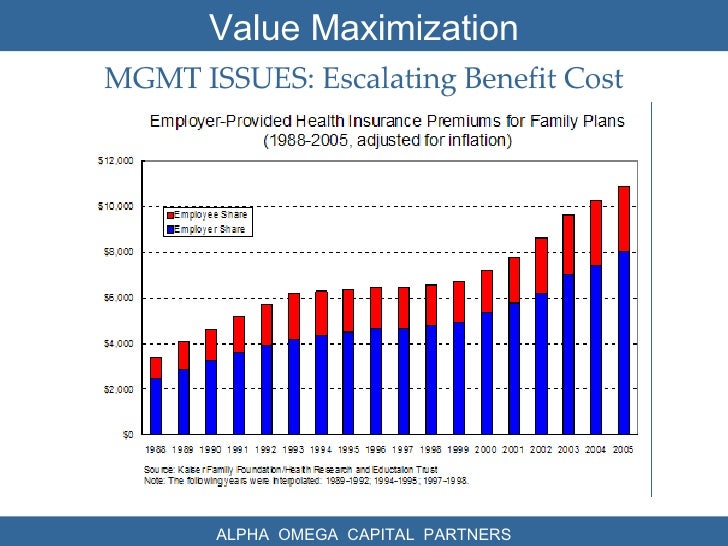

In this review, we provide a guide to inexperienced and knowledgeable researchers approaching the field of click chemistry with nucleic acids. Application of AAC chemistry to nucleic acids allows labeling, ligation, and cyclization of oligonucleotides efficiently and cost-effectively relative to previously used chemical and enzymatic techniques. Azide–alkyne cycloadditions (AAC) are still the leading technology among click reactions due to the facile modification and incorporation of azide and alkyne groups within biological scaffolds. Its broad scope has positively impacted on multiple scientific disciplines, and its implementation within the nucleic acid field has enabled researchers to generate a wide variety of tools with application in biology, biochemistry, and biotechnology.
#Tams analyzer tutorial manual
If you combine the software with good coding manual (my favourite is Saldana The Coding Manual for Qualitative Researchers, 2nd edition) it gives you quite powerful insight into your data.Click chemistry is an immensely powerful technique for the fast and efficient covalent conjugation of molecular entities. We have been using it excensively for a research that covers over 160 interviews (collected in two time sets) and after coding we looked for patterns between codes, between interviews, institutions of the interviewees, etc. Also you can import/export certain variables of your population from SPSS/Excel and filter coded segments with those variables to search for patterns. It means that after coding your interviews it allows you to turn them into "numbers" and apply statistical analysis (but still keeping the link to quotations). Maxqda has a well developed mixed-methods function. it is quite expensive (although if you are PhD student - you have a huge discount) but it is a good investment if you are into QUAL and mixed-methods analysis. We experimented with different softwares (Nvivio, Atlas, Maxqda) and based on this I would strongly recommend Maxqda software. It all depends on (1) how deep you want to go into your data and (2) do you want to apply mixed methods analysis. Nvivo is straightforward - you upload texts, and there they stay. I am sure it may be better now, but I don't know. In those days, and I don't know if it is still the same, Atlas stored texts separately from the analysis (a bit like endnote libraries, where you have to have the associated files to make an endnote library work) so you couldn't move computers or share analysis with a colleague without great difficulty or finding your 'file pathways' were broken (ie the computer couldn't find the original interview). I was introduced to NVivo when I moved to King's College London and immediately took to it - it's much more intuitive and uses a windows-style approach, making it straightforward for those who are used to windows. I used Atlas first, because that was what University of Kent provided, (I worked there 2000-2008) and found it really quite hard to use. I sent the following to a colleague with a similar query - but post it here too, in case it is useful.

#Tams analyzer tutorial code
alternatively, if you dont have any quantitative data to code alongside, you can just use Atlas Ti.

so make sure that you do a through coding and export as a word document which is still available after the Nvivo expires. its quite expensive so make sure you do a through coding before exporting because once the trail version expires, you cannot open the file again. you can check to see if the discount still applies for you.

it was discounted for students a few weeks ago. 28 interviews can be coded in less than a month and then export immediately as the trail version expires after 30 days.
#Tams analyzer tutorial download
you could download the trail version of Nvivo version 10 and use it. with 28 interviews, i think you should go for nvivo. at present, Nvivo ranks really high cos of its flexibility and allowance and is a great tool for really handling data. i have used both Nvivo and Atlas ti severally over the last 5 years and i find that although both have some issues, they are both great. not only does it allow you to analyse qualitative data but also allows you to import some quantitative data and analyse alongside the qualitative data.


 0 kommentar(er)
0 kommentar(er)
